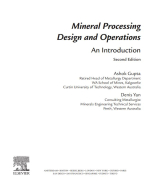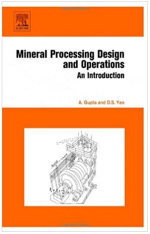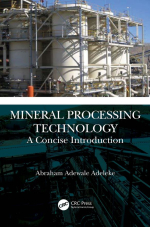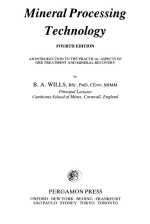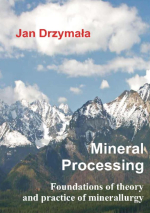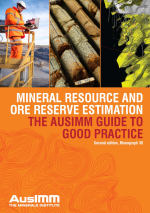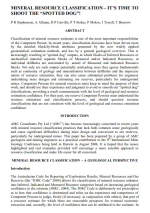The forms in which metals are found in the crust of the earth and as sea-bed deposits depend on their reactivity with their environment, particularly with oxygen, sulphur, and carbon dioxide. Gold and the platinum metals are found principally in the native or metallic form. Silver, copper, and mercury are found native, as well as in the form of sulphides, carbonates, and chlorides. The more reactive metals are always in compound form, such as the oxides and sulphides of iron and the oxides and silicates of aluminium and beryllium. The naturally occurring compounds are known as minerals, most of which have been given names according to their composition (e.g. galena—lead sulphide, PbS; sphalerite—zinc sulphide, ZnS; cassiterite—tin oxide, Sn02 ).



